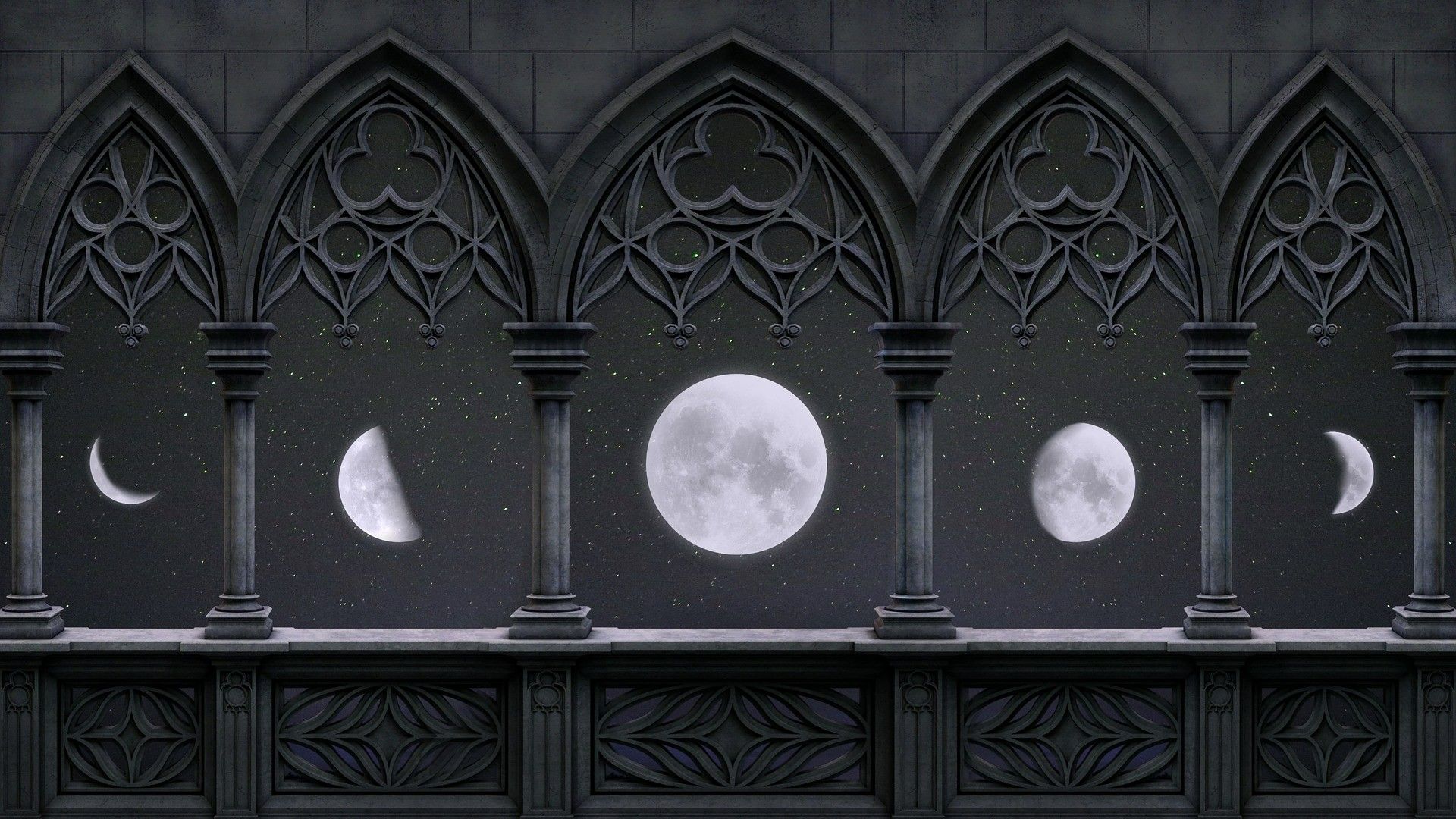The moon, the Earth’s natural satellite, is a star that orbits around it and reflects sunlight. It has different phases, which influence the tides and the natural cycles of people, marked by its four most important phases: new moon, crescent quarter, full moon and waning quarter, which correspond to the precise instants in which the directions Earth- Moon and Earth-Sun form an angle of 0°, 90°, 180° and 270° respectively.
Throughout this 2023, there will be a total of 13 full moons. The first, known as the ‘wolf moon’, was on January 7 and this February, the next day 5, the so-called ‘snow moon’ will take place, so called because February was the month associated with heavy snowfall. The February moon is also known as moon of bones or moon of hunger, due to the lack of food available in the winter.
A full moon occurs When the earth is between the sun and the moonso that it reflects sunlight with all its visible face, reaching its maximum illumination. Before arriving at that stage, the satellite passes through the crescent quarterwhich is when in the northern hemisphere it has the right half illuminated and is shaped like a ‘D’.
lying moon
Once the full moon is over, it passes to last quarter; that is, the left part illuminated and ‘C’ shape. That is why it is often said that the moon is a liar: because when grows to be ‘D’ shaped -letter with which the verb ‘to decrease’ and its adjectival variant ‘decreasing’ begins- and when decree has a ‘C’ shape -letter with which the verb ‘grow’ and its adjectival variant ‘growing’ begin-.
Subsequently, the moon becomes a new moon, also called a new moon or intermoon, which is a lunar phase that occurs when the moon is located exactly between the Earth and the Sun, so that its illuminated hemisphere cannot be seen from our planet. .
This month of February has been released with a new moon -this Wednesday- and the full moon of February will reach its maximum point this Sunday at 7:28 p.m., according to the National Geographic Institute (IGN). The waning quarter is on the 13th at 5:01 p.m.; the new moon touches on February 20 at 8:06 a.m., and the first quarter will be at its most defined point on the 27th at 9:05 a.m.
Related news
As for the lunar apogee of the month (maximum distance between the satellite and the Earth) it will arrive this Saturday the 4th, with 406,466 kilometers between the two. The perigee (the shortest distance) will be 19, with 358,258 kilometers.
Astronomical advance for February. At dusk Venus, Mars, Jupiter and Saturn will be seen, although this one only at the beginning of the month. The dawns will have a Mercury of a single planet, and only the first fortnight. Comet 2022 E3 (ZTF) will reach closest approach to Earth on the 1st. pic.twitter.com/Tj3tFuoUZt
– Royal Observatory (@RObsMadrid) February 1, 2023
All the full moons of the year
In addition to this Sunday, which will have a snow moon, there will be 11 more moons:
-
March 7: Worm Moon.
-
April 6: Pink Moon.
-
May 5: Moon of flowers.
-
June 4: Strawberry Moon.
-
July 3: Stag Moon.
-
August 1: Sturgeon Moon.
-
August 31: Super blue moon.
-
September 29: Harvest Moon.
-
October 28: Hunter’s Moon.
-
November 27: Castor Moon.
-
December 27: Cold Moon.

